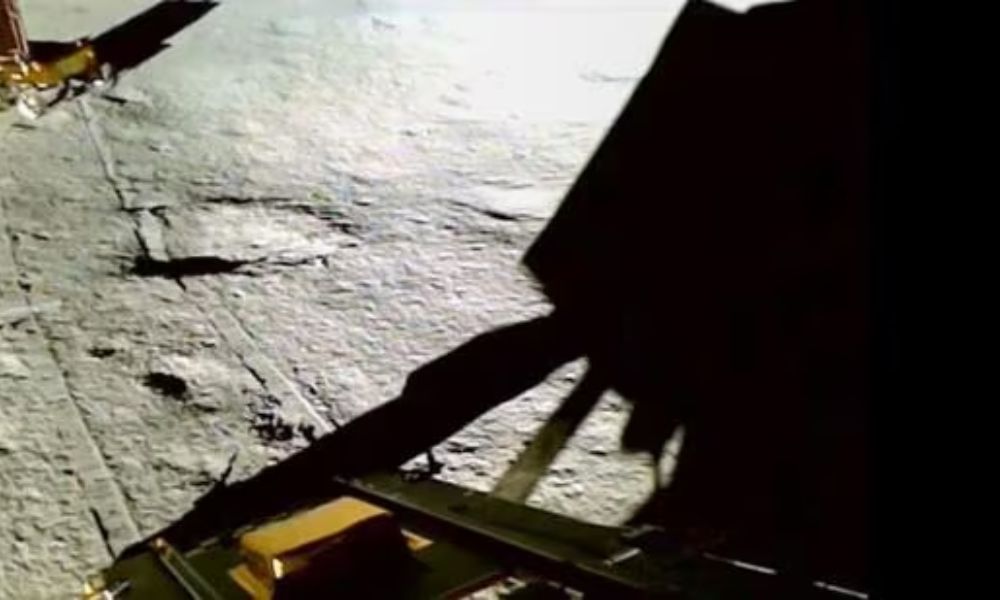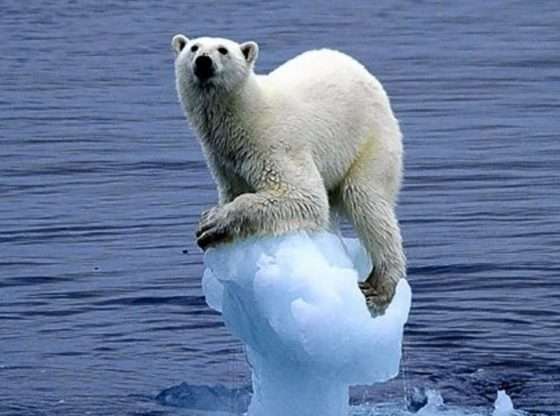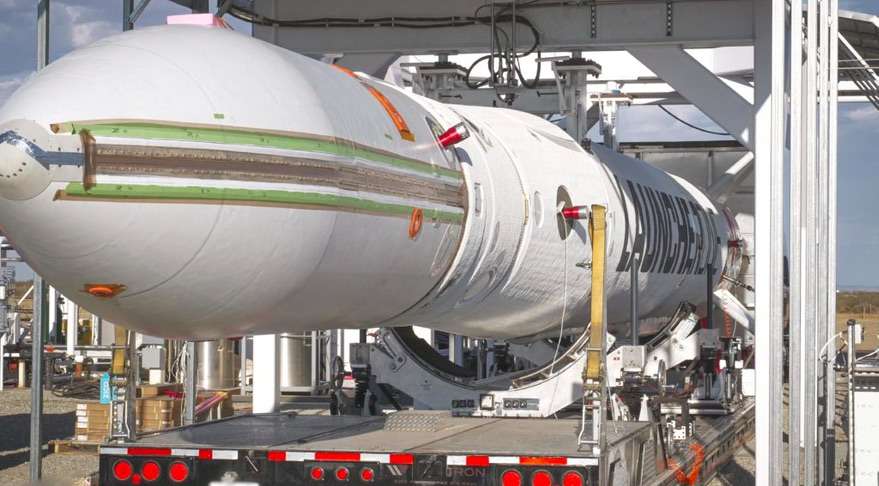Pragyan's Detection of Sulphur & Oxygen on Moon's South Pole
In a remarkable achievement, India's Chandrayaan-3 lunar mission, led by the Indian Space Research Organization (ISRO), has unveiled significant discoveries on the Moon's surface. The key highlight of this breakthrough is the detection of sulphur in the lunar south polar region, shedding light on a previously unknown facet of the Moon's composition.
Accompanying the discovery of sulphur are revelations of other elements near the lunar south pole. Aluminum, calcium, iron, chromium, titanium, manganese, silicon, and oxygen have been identified, marking a momentous stride in the Chandrayaan programme. The ISRO's confirmation of these findings underscores the magnitude of this scientific achievement.
Also Read: Rover Pragyan takes a walk on the Moon: ‘Made in India, made for the Moon’
The methodology employed for these discoveries involves a sophisticated scientific technique. This approach exposes materials to intense laser pulses, resulting in the creation of localized plasma. By analyzing the light emitted from this plasma, scientists can determine the presence of various elements. This technological feat has enabled us to deepen our understanding of the Moon's elemental composition.
The presence of sulphur in the lunar landscape holds particular significance due to its relative rarity on the Moon. This newfound element could potentially signify the presence of water ice, a critical factor for upcoming lunar missions and even the prospect of human settlement. Sulphur typically originates from volcanic activities, offering a unique window into the Moon's historical evolution and its composition.
Moreover, the presence of elements like aluminum, calcium, iron, chromium, titanium, manganese, silicon, and oxygen enriches our understanding of the Moon's geological history. These elements have been known to exist on the Moon, but their confirmation further contributes to our knowledge of the lunar surface.
Also Read: Chandrayaan-3 Mission Lunar Landing: India’s Historic Quest to Reach the Moon’s South Pole
The crucial role played by the Laser-Induced Breakdown Spectroscope (LIBS) instrument onboard the Pragyan rover cannot be understated. This instrument played a pivotal role in detecting the aforementioned elements, enabling us to make these groundbreaking discoveries.
As the mission progresses, the ISRO is diligently investigating the potential presence of hydrogen on the Moon. If detected, this would mark yet another significant breakthrough, particularly given the growing interest in hydrogen as a clean energy source. The Moon's hydrogen could potentially offer new avenues for energy production in space, adding an exciting dimension to our explorations.
Launched approximately six weeks ago, the Chandrayaan-3 mission has captivated the global community with its successful touchdown on the Moon's surface. The primary objective of this mission is to glean insights into the presence and abundance of different elements on the lunar terrain. This information will significantly contribute to our knowledge of the Moon's environment, paving the way for future lunar endeavors.
In summary, the revelations stemming from the Chandrayaan-3 mission underscore the immense importance of lunar exploration in expanding our understanding of the cosmos. As we await further updates on the search for hydrogen and anticipate more insights from this mission, it's evident that humanity's quest for knowledge continues to push the boundaries of scientific exploration.
Click for more updates and the latest tech news, along with Webstories updates. Also, get the latest news and top headlines from India and around the world at SpeedNews22.





